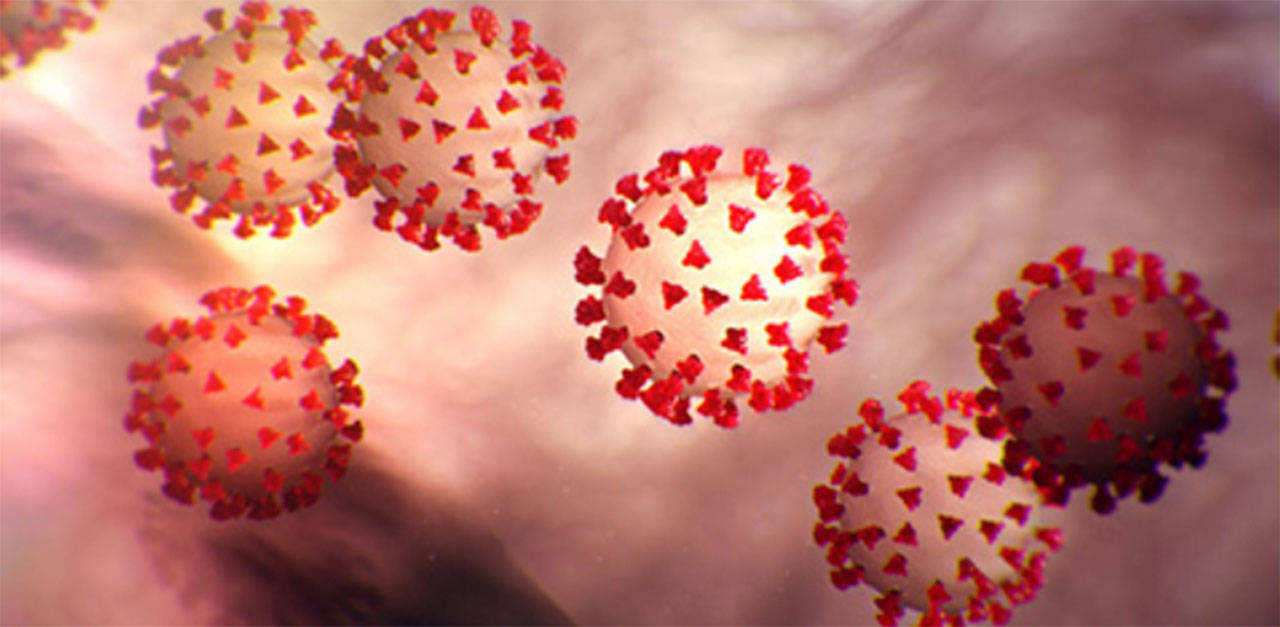This week could prove to be a pivotal turning point in the globe’s yearlong battle against the COVID-19 pandemic.
The Food and Drug Administration is expected Tuesday to release its evaluation and safety data of the vaccine by Pfizer and BioNTech followed by a meeting of its advisory committee on Thursday, which will debate whether the administration should approve the vaccine for emergency use authorization.
Washington state officials have said they are hopeful that the first shipments of the vaccine will reach the state by mid-December. The vaccine already has been approved in the United Kingdom.
There will be an extra layer of oversight, as Washington, Oregon, Nevada and California will participate in a multi-state review workgroup of the vaccine after FDA approval as part of the Western States Pact. However, since the group will meet while the vaccine is processed and shipped, it should not delay its availability.
Who gets the vaccine first?
The first shipment of vaccines to Washington is expected to be 62,400, according to an estimate from the federal government. State officials expect to receive 200,000 doses of the Pfizer vaccine by the end of the month. Regular weekly shipments would follow.
While the state is still finalizing a vaccination plan, it is generally known that folks who are on the front lines of the pandemic will generally be first up on the list.
“What we know for sure right now is that the first phase of vaccination, called ‘1A,’ will focus on workers in health care settings that serve patients who either have confirmed or suspected COVID-19 along with staff and residents of long-term care facilities,” said Michele Roberts, who is leading the coronavirus planning and distribution at the Department of Health.
Getting the vaccine to all corners of the state will be a challenge for the DOH, but Roberts said last week that as of Dec. 1, 116 providers — clinics, hospitals and pharmacies — from around Washington have signed up for the COVID-19 Vaccine Program to be a distributor.
“This means our numbers for confirmed enrollment have doubled since last week, excellent progress,” Roberts said. “We’re working hard to make sure every county has at least one provider.”
Other challenges still lie ahead as well. The vaccine must be stored at ultra-cold temperatures, and locations that do not have the capacity to store them will have to rely on the thermal containers packed with dry ice to keep them cold. Officials are hopeful that will solve any storage problems.
It is not known how long the vaccine protects a person from COVID, and the Pfizer vaccine requires a second dose three weeks after the first. The Moderna vaccine’s second dose comes at four weeks.
It is estimated that it will take several months to get a vaccine to anyone who wants one. “This is a very exciting time for us, but there is still a lot of learning to be done,” Roberts said.


